 |
|||||||||||||||
Joseph Albert "Joe" Walker, 20 February 1921 to 8 June 1966 (45 years) X-15 Missions: 25 flights from 25 March 1960 to 22 August 1963 Highest Speed: Mach 5.92 (4,104 mph)xxxxxxxxxxHighest Altitude: 354,200 feet (67.1 miles) |
||
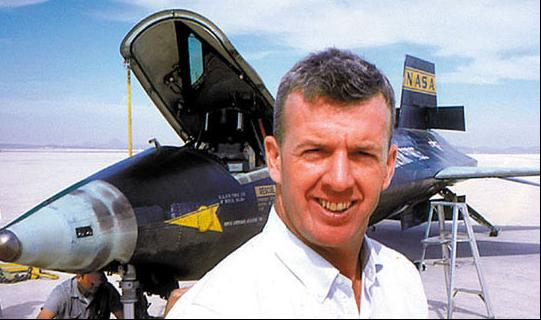 |
 |
|||
Joseph A. Walker, National Aeronautics & Space Administration. X-15 Pilot no. 2. Cathie Godwin collection |
Joe and Grace Walker enjoy a laugh at home. Grace Walker collection |
|||
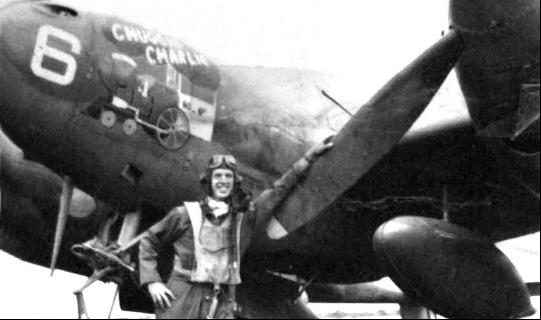 |
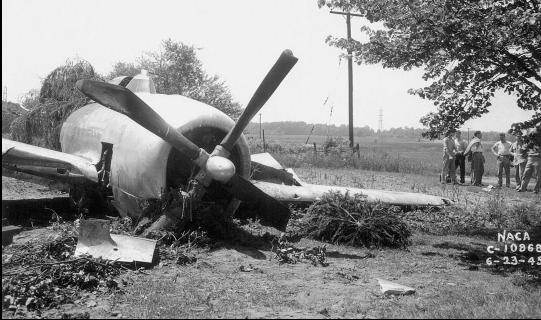 |
|||
Walker and his P-38 Lightning "Chuggin' Charlie" during World War II. Grace Walker collection |
Walker crashed a P-47G Thunderbolt 3 months after joining NACA on 23 Jun. 1945. Cathie Godwin collection |
|||
— Joe Walker's X-Plane research flights before the X-15 — |
||
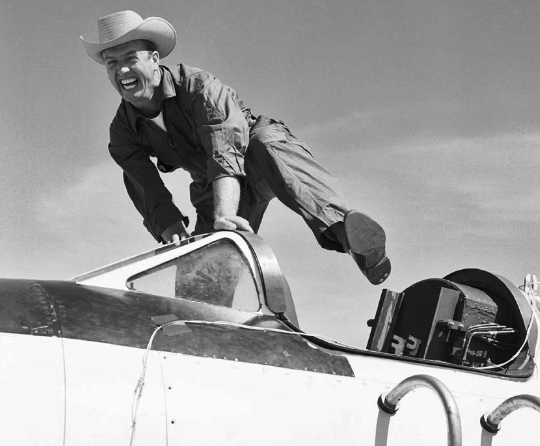 |
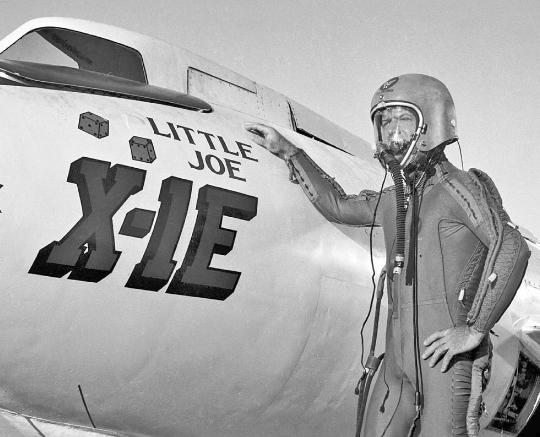 |
|||
When Walker was chief pilot on the X-1E the crew painted dice on his aircraft. "Little Joe" is a craps term for "4 the hard way" or two twos on the dice. Armstrong Flight Research Center |
||||
Cowboy Joe Walker saddles up his X-1A. Cathie Godwin collection |
||||
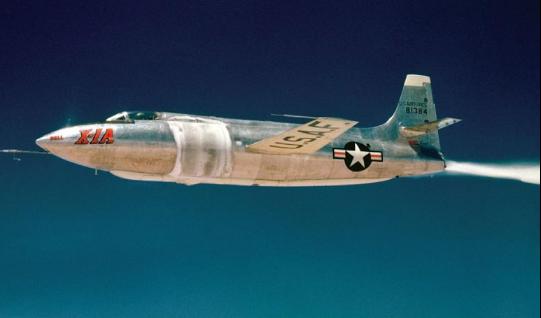 |
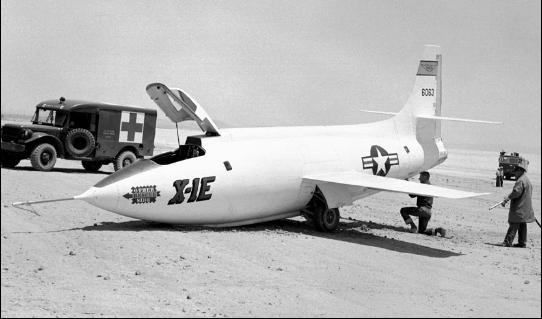 |
|||
The Bell X-1A in flight. Walker accomplished two research flights in this aircraft. Armstrong Flight Research Center |
Joe flew 21 of the 26 flights of the X-1E. Flight 7 ended with a nose gear failure. Armstrong Flight Research Center |
|||
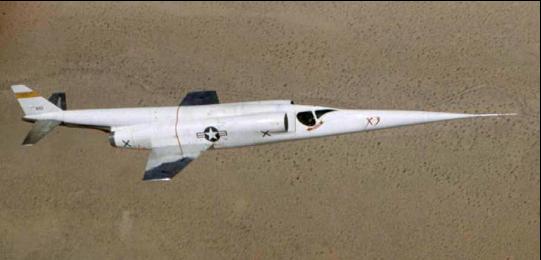 |
 |
|||
Douglas X-3 Stiletto in fight with Joe Walker at the controls, for a Life magazine shoot. A bizarre-looking research aircraft that never got the promised engines needed to bring out its full potential of high speed flight research. Life magazine |
||
 |
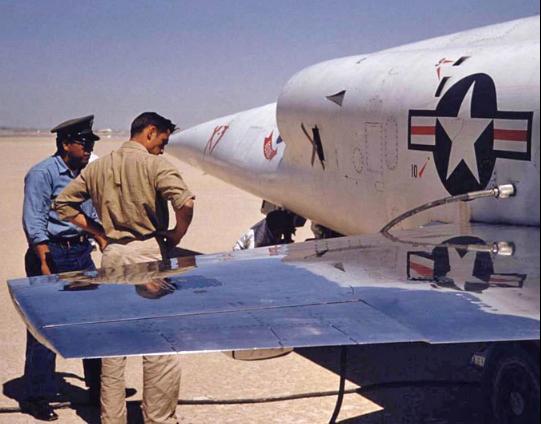 |
|||
Unusual high-angle helicopter view of the landing rollout of Joe and the X-3. Life magazine |
Checking over the research aircraft after the flight. Life magazine |
|||
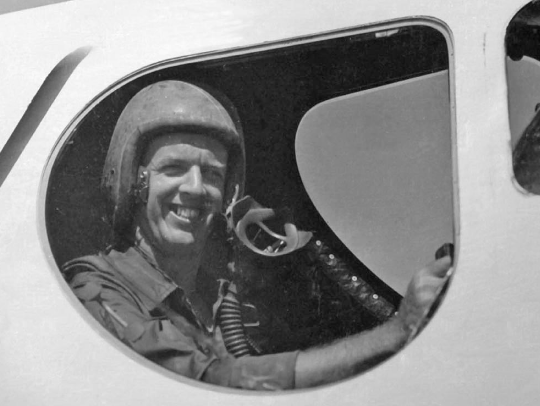 |
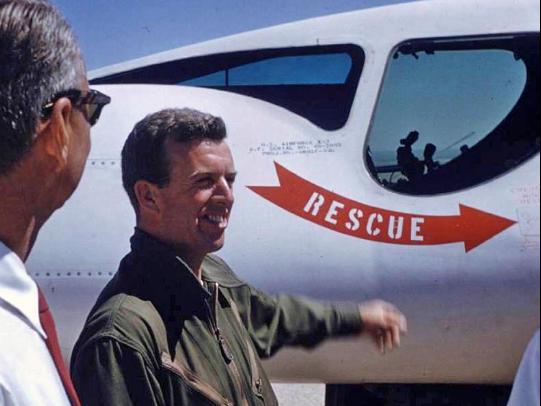 |
|||
Smilin' Joe Walker in the cockpit of the X-3 Stiletto after the research flight. Grace Walker collection |
Joe discusses the X-3 flight after exiting the cockpit. Life magazine |
|||
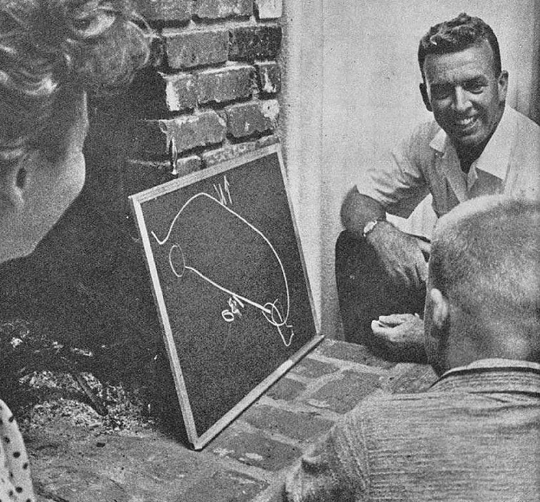 |
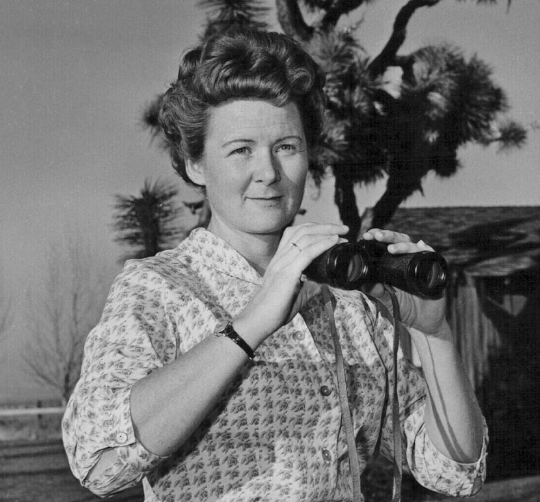 |
|||
Joe diagrams the racetrack flight pattern to his upcoming flight for his wife and son. Associated Press |
Grace Walker with binoculars to follow her husband's upcoming X-15 flight. Associated Press |
|||
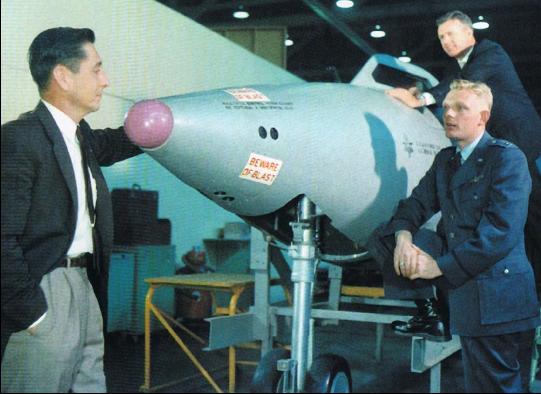 |
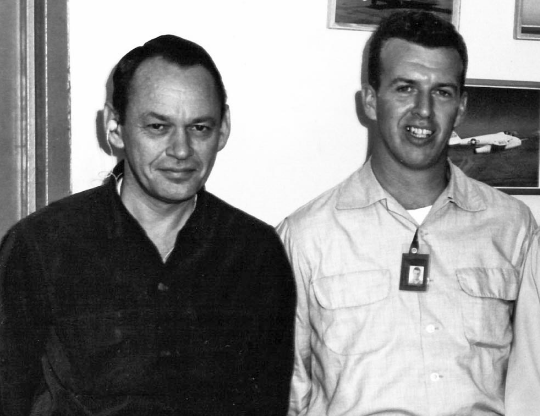 |
|||
Scott Crossfield, chief test pilot for North American Aviation, discusses the research aircraft's engineering mockup with Joe Walker (upper right), and US Air Force pilot Iven Kincheloe. Note the bizarre pink Q-Ball on the X-15's nose. author's collection |
||||
Joe Vensel was head of the pilot's office, seen here with his chief pilot, Joe Walker. Armstrong Flight Research Center |
||||
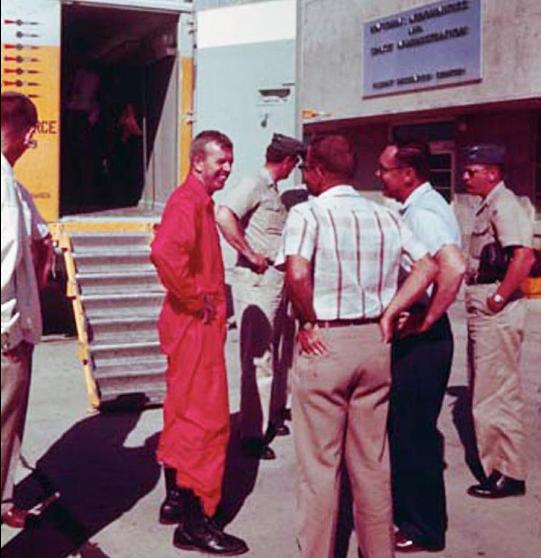 |
 |
|||
Walker outside the X-15 suiting van. author's collection |
Hungry Joe suited up and enjoying a doughnut before heading out to the X-15. Sherri McKay-Lowe collection |
|||
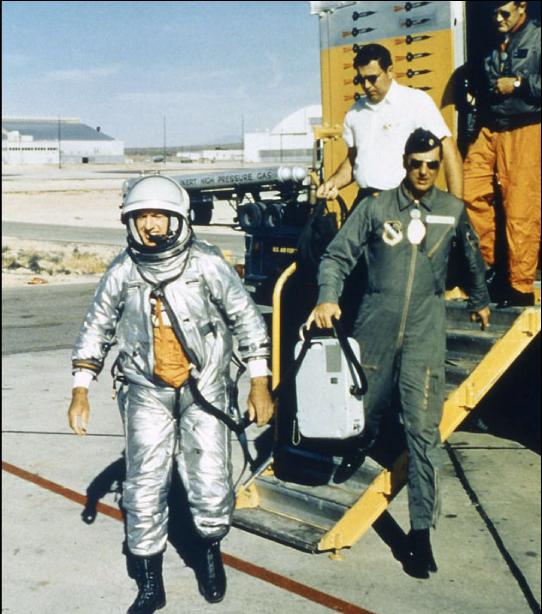 |
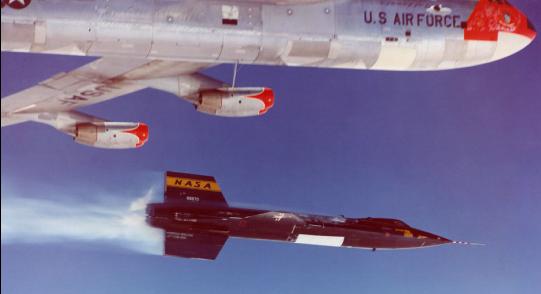 |
|||
Walker at the controls of the first NASA flight of the X-15 program on 25 Mar. 1960. Defense Audio-Visual Agency |
||||
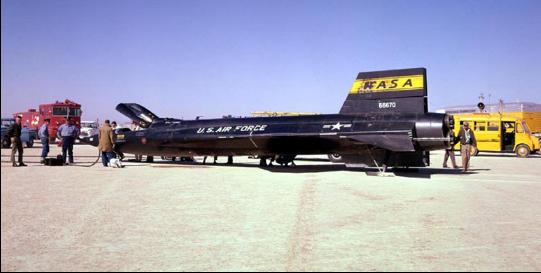 |
||||
Walker exits the suiting van on the way to the X-15. Cathie Godwin collection |
Post landing for the first NASA flight. Armstrong Flight Research Center |
|||
 |
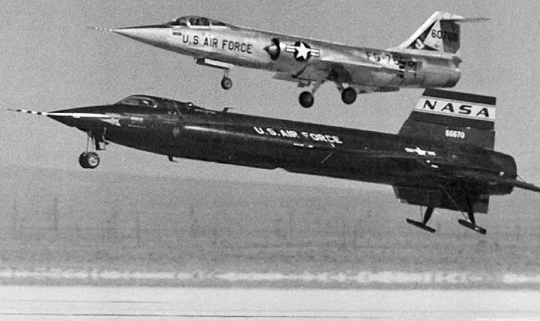 |
|||
Walker's second flight with mission 1-5-10 on 19 Apr. 1960. Armstrong Flight Research Center |
X-15 no. 1 landing with an F-104 chase plane keeping close watch. author's collection |
|||
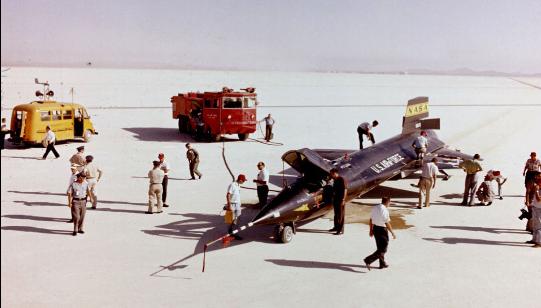 |
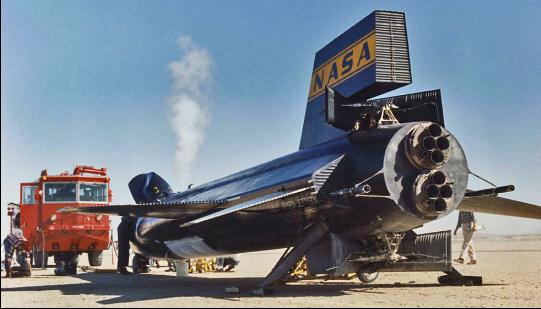 |
|||
Ground servicing of the X-15 no. 1 following landing on Rogers Dry Lake. Armstrong Flight Research Center |
Rear view of postflight servicing, highlighting the XLR-11 double stack engines. Armstrong Flight Research Center |
|||
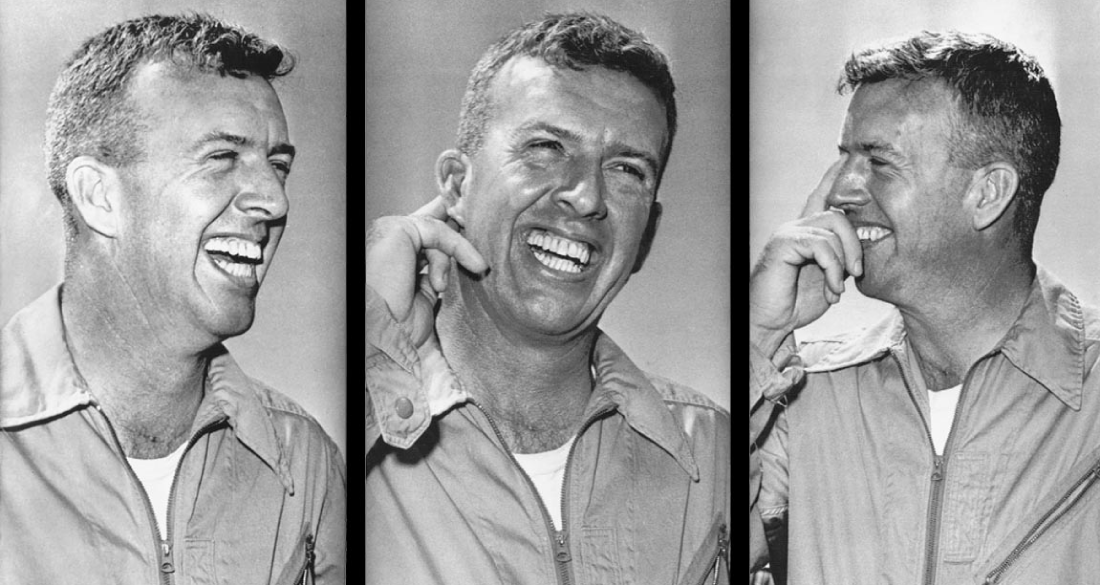 |
||
Three happy faces of Joe Walker. Like so many images of Joe, he is always grinning and exuberant. In this case he has just returned from the highest altitude of the X-15 program to date. Walker's 6th X-15 flight, on 30 Mar. 1960, topped out at 169,600 feet with mission 2-14-28. Associated Press |
||
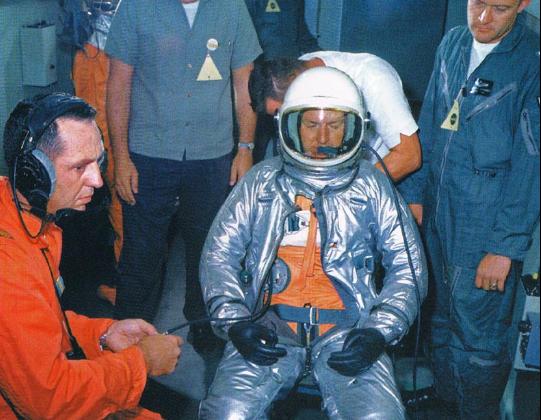 |
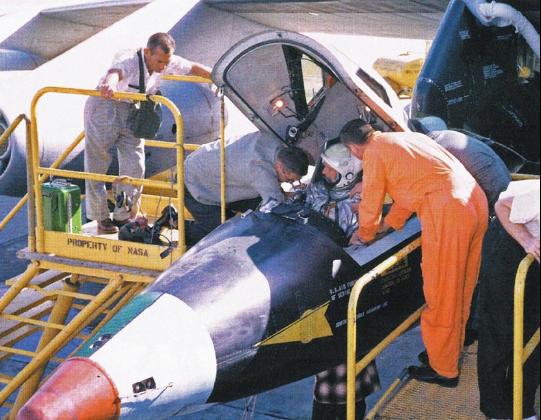 |
|||
Walker suits up for his 9th X-15 flight on 17 Oct. 61. He scored a new heat record on the aircraft of 1,100°F. Mission 1-24-40 achieved Mach 5.94 (3,900 mph) at 108,600 ft. National Geographic |
Joe seated in the X-15 cockpit on 17 October. His suit is being hooked up to the aircraft and all systems are checked out prior to closing the hatch. Armstrong Flight Research Center |
|||
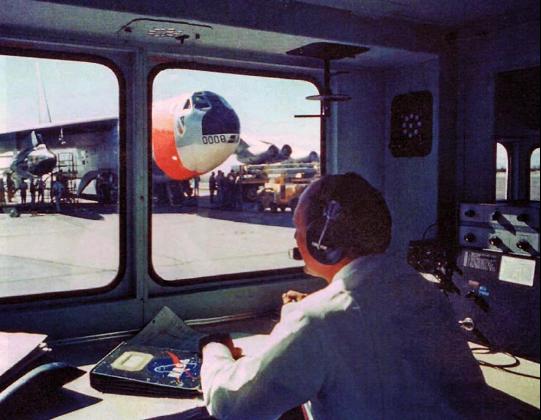 |
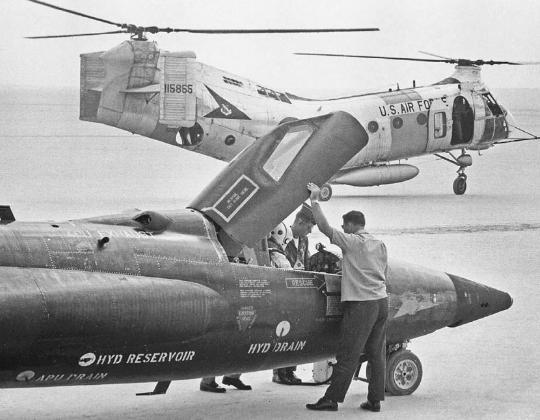 |
|||
An unusual image from inside the NASA control van. The X-15 hatch is closed and the ground crew is doing final close out and checks before the B-52 is cleared for taxi. National Geographic |
||||
At the end of mission 1-24-40, Walker is surrounded by the same people who closed him into the cockpit 90 minutes or so previously, as they prepare for X-15 egress. Armstrong Flight Research Center |
||||
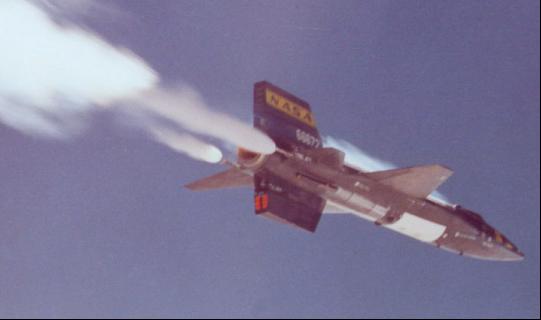 |
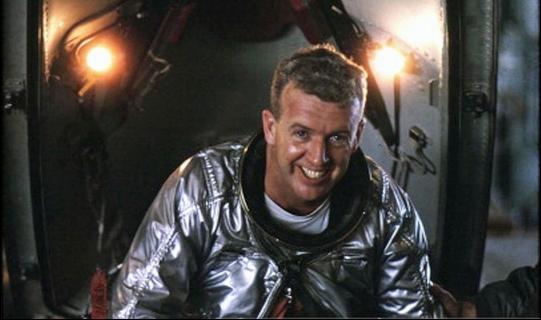 |
|||
Walker's first flight in X-15 no. 3. Mission 3-8-16 on 2 Aug. 1962. Defense Audio-Visual Agency |
Walker starts to stand up in the X-15 cockpit following flight. Getty Images |
|||
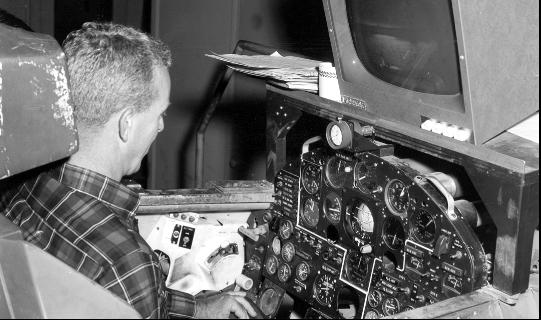 |
 |
|||
Walker "flying" the X-15 "Iron Bird" simulator in the NASA hangar. Armstrong Flight Research Center |
X-15 in the service area near the NASA hangar. author's collection |
|||
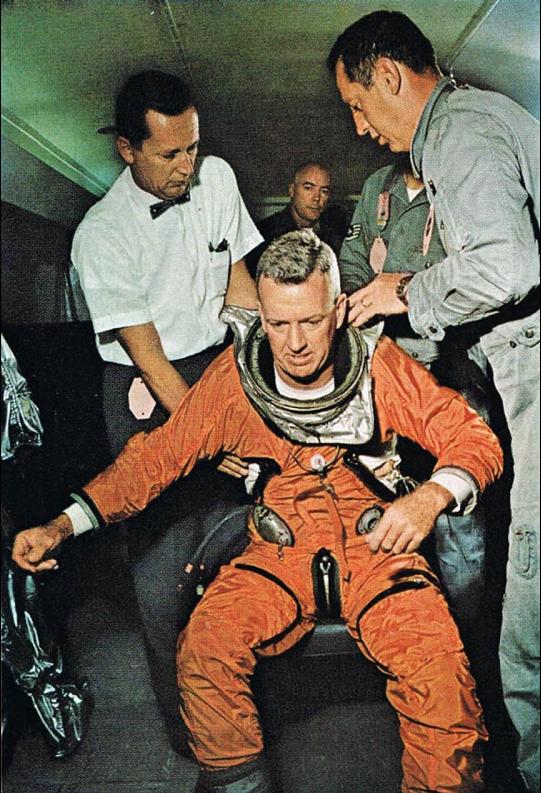 |
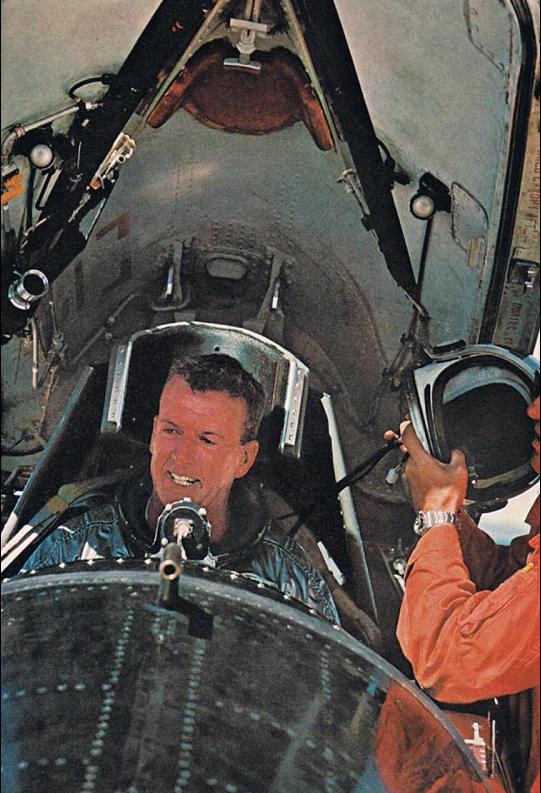 |
|||
Inside the suiting van, Ralph Richardson (right) aids Joe with his spacesuit. National Geographic |
Immediately after landing, a ground crewman helps Joe catch his breath. National Geographic |
|||
— Joe Walker and X-15 no. 3 achieve the research program's highest altitude — |
||
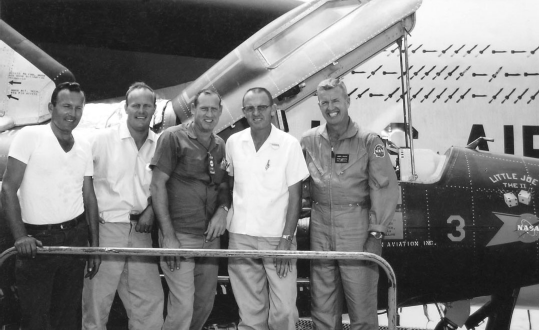 |
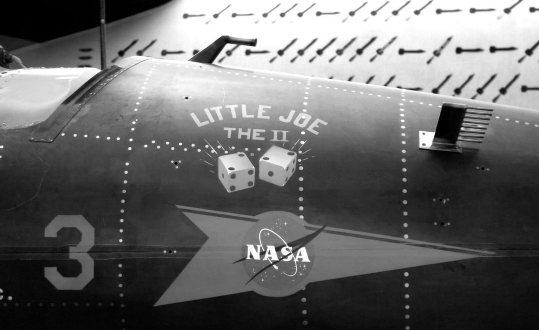 |
|||
Walker with the crew who did it again with the "Little Joe" logo on X-15 no. 3. The dice are seen at the far right in the photo at left, then in close-up on the right. These photos were taken on 9 Aug. 1963. Three days earlier Joe had a weather abort so the guys felt the "Little Joe The II" artwork might aid his luck on the next try. Unfortunately, two more aborts occurred prior to finally achieving a successful launch on 22 August. That flight would be the ultimate high for both the X-15 program and Joe Walker. Grace Walker collection (left) and Armstrong Flight Research Center (right) |
||
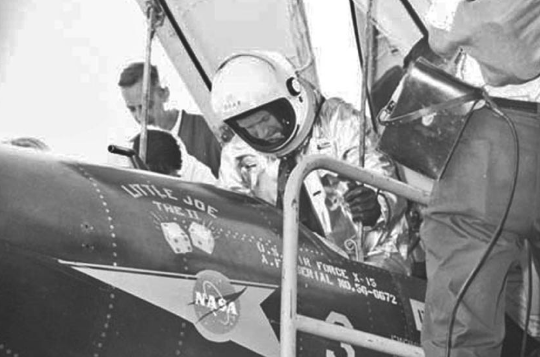 |
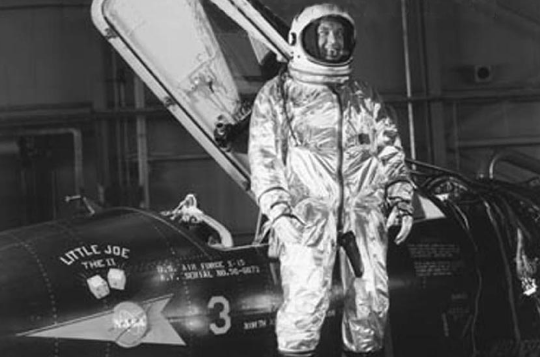 |
|||
Walker settling into the no. 3 cockpit while on the B-52 mothership's right wing pylon. Armstrong Flight Research Center |
"Little Joe The II" in the NASA hangar. author's collection |
|||
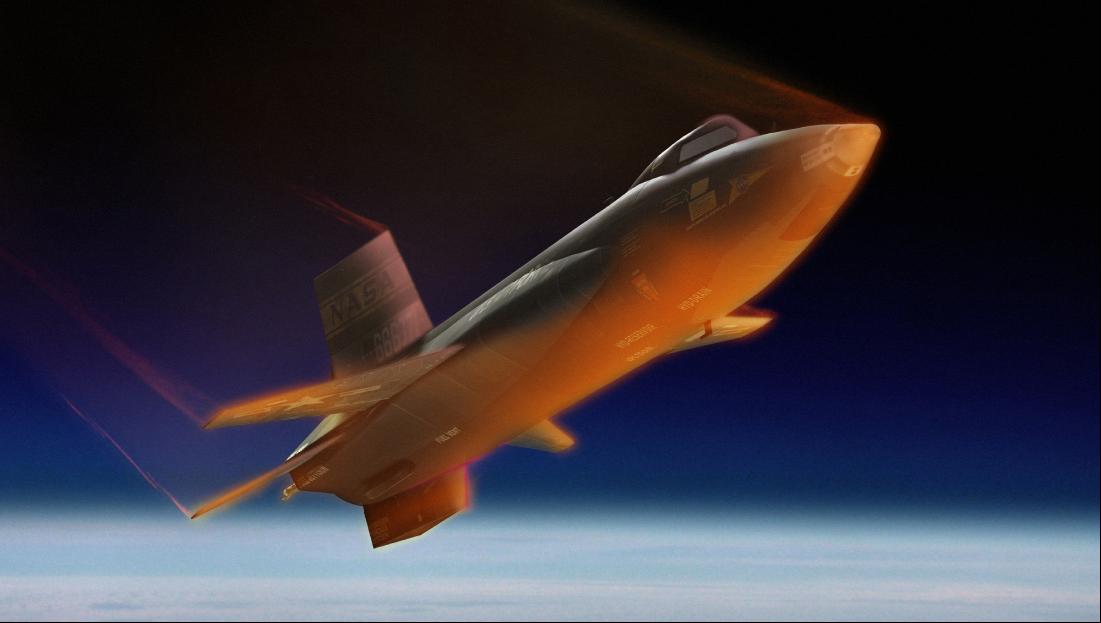 |
||
Joe Walker returns from 354,200 feet (67.1 miles) with mission 3-22-36 on 22 Aug. 1963. His top speed was Mach 5.58 or 3,794 mph. This was Walker's 25th and final X-15 flight, and was the highest altitude attained in the X-15. This altutude record was not surpassed until 4 Oct. 2004 with the final flight of SpaceShipOne. computer art Thommy Eriksson |
||
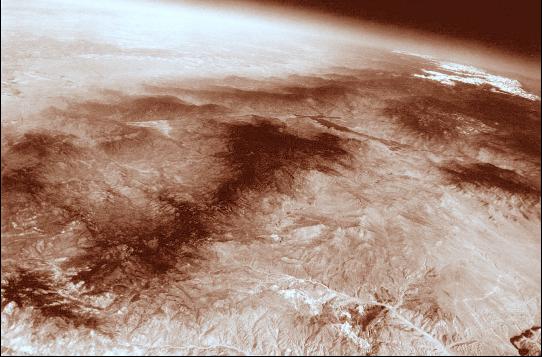 |
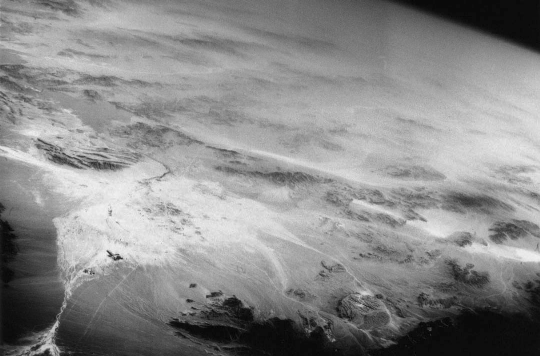 |
|||
The Sierra Nevada mountain range from near Earth space. Edwards History Office |
Desert southwest from the X-15 at high altitude. Edwards History Office |
|||
 |
 |
|||
Jubillant Joe after record altitude flight on 22 Aug. 1963. Associated Press |
Grinnin' Joe with X-15 Program Director Paul Bikle following his 3rd astronaut flight. Armstrong Flight Research Center |
|||
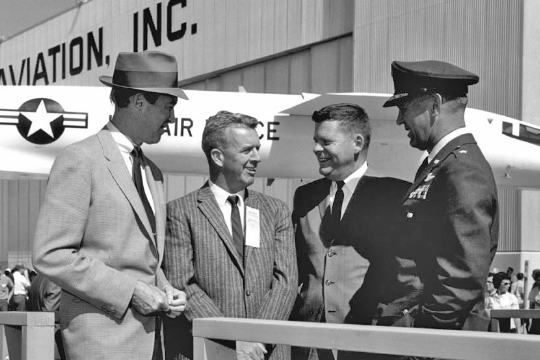 |
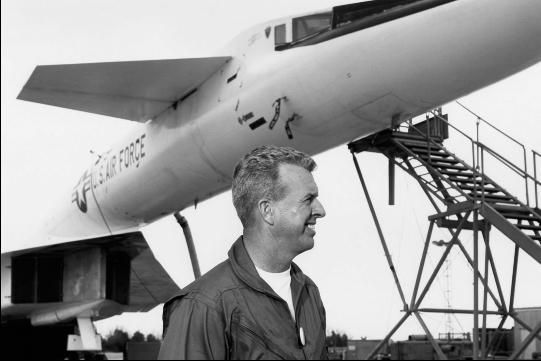 |
|||
Walker at XB-70 rollout on 11 May 1964. James Stewart is on the left, next to Joe. Cathie Godwin collection |
Walker and the B-70 on 1 Mar. 1966. Joe died in a collison with this aircraft on 8 June. Armstrong Flight Research Center |
|||
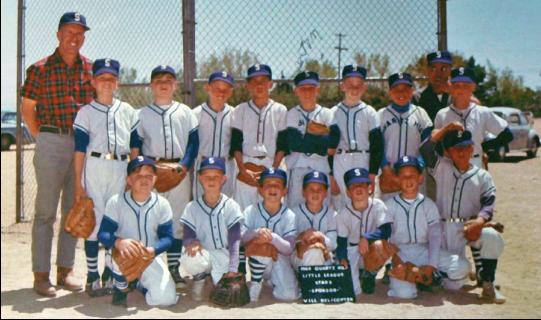 |
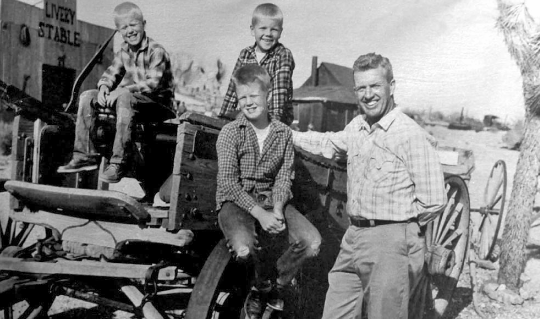 |
|||
Walker coaching the Little League Stars in 1965. Grace Walker collection |
Walker with sons James and Thomas, and friend Scott Smith, at Tropico Gold Mine. Grace Walker collection |
|||
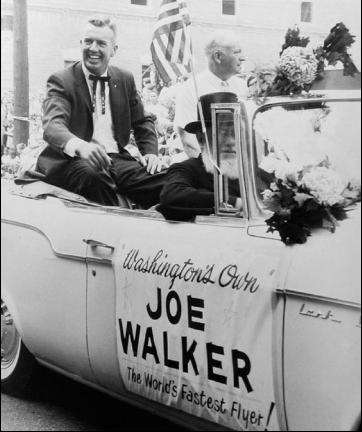 |
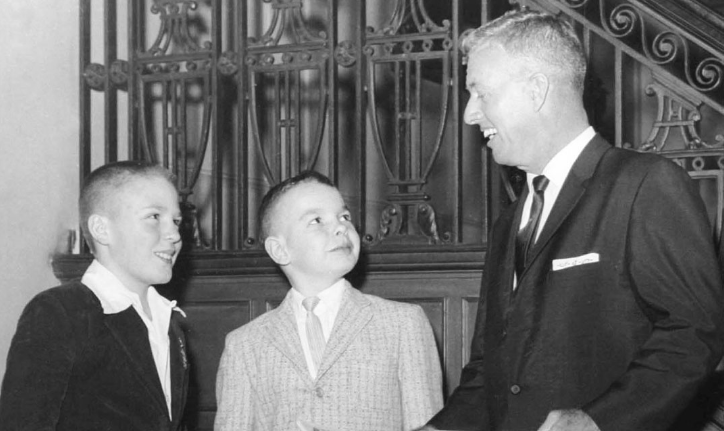 |
|||
Walker honored in hometown parade in Washington, PA. Grace Walker collection |
Joe Walker and two young fans at the event in Joe's honor in Washington, Pennsylvania. Grace Walker collection |
|||